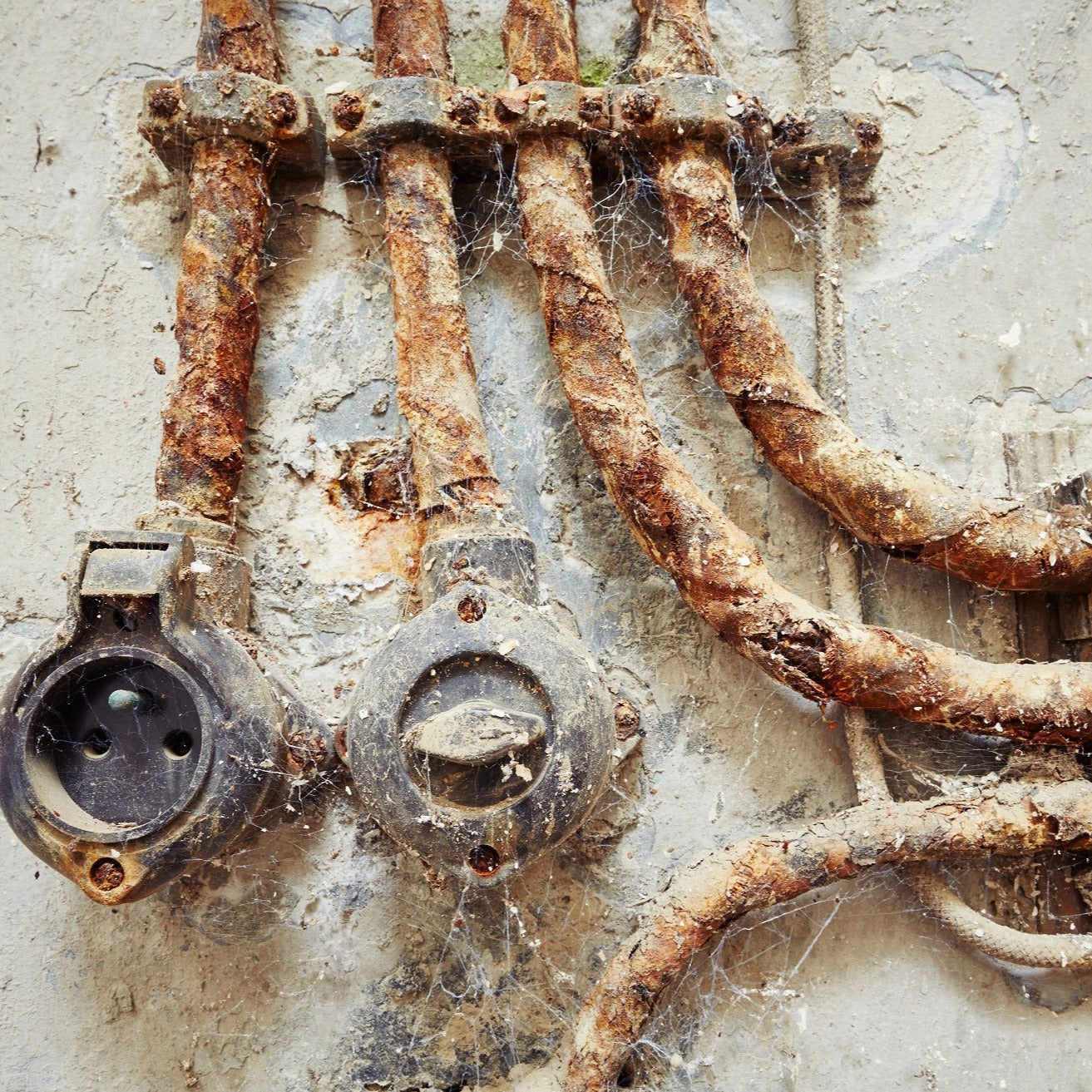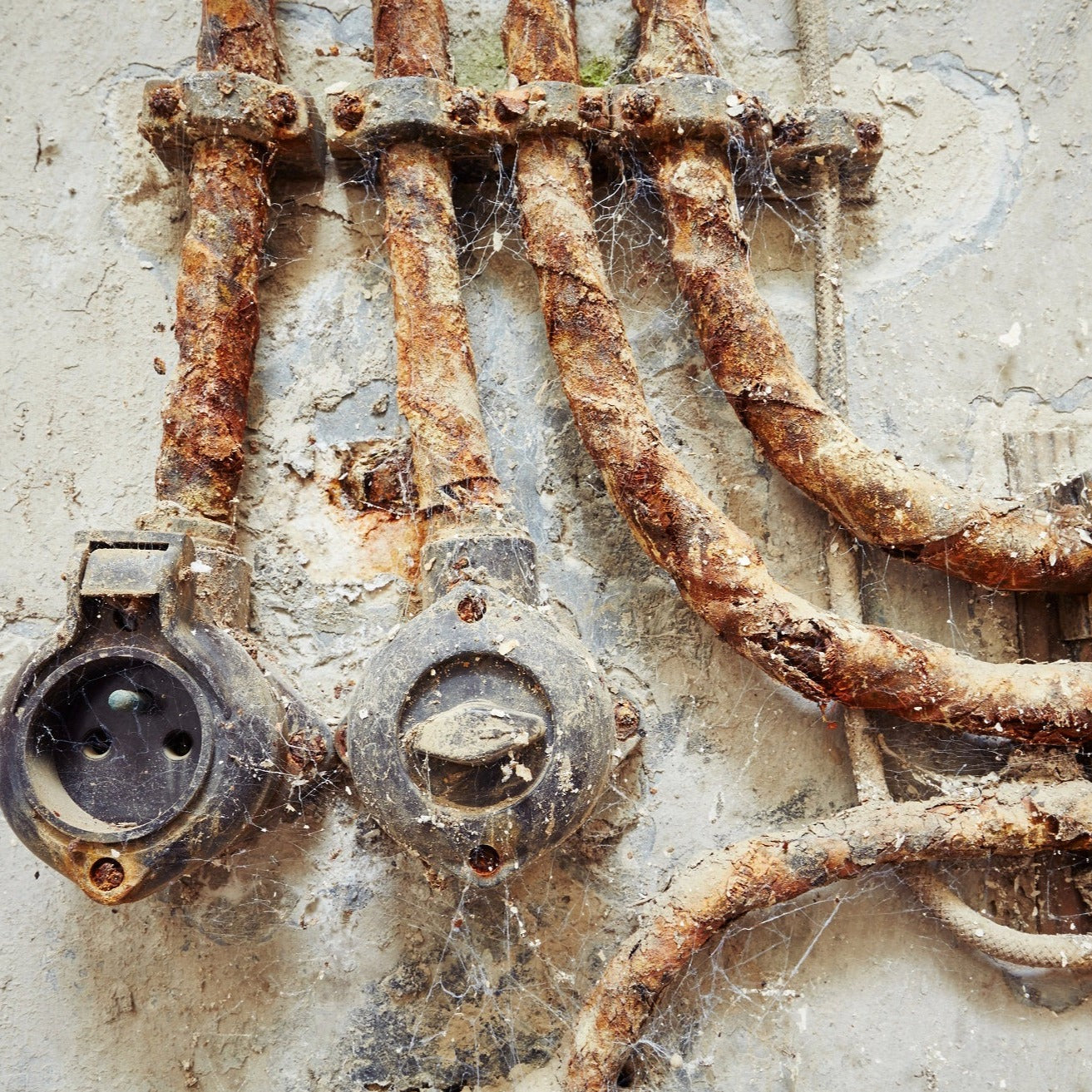Defect Diagnostic Inspection - Residential
Please note, final prices may be subject to change
Couldn't load pickup availability
Elvet Chartered Surveyors is an RICS chartered building surveying practice able to demonstrate a wealth of knowledge and experience in the application of building pathology and defects diagnosis. We adopt a robust and holistic approach during every survey ensuring that defects are accurately identified and appropriate remedial works prescribed.
Incorrect diagnosis can be a costly in terms of both time and money, where abortive works are specified in error, and it is therefore critical that you receive expert advice from professional consultancy with a proven track record.
We rely on a hands-on approach to eliminate vague and ambiguous text from our reports; ensuring that you receive clear and concise information which addresses all pertinent issues.
Where invasive works or specialist testing is required to provide unequivocal evidence of a defect’s origin, provide a detailed brief outlining the extent of the works and any associated fees.
Our surveyors have experience and expert knowledge of resolving a vast array of building defects including but not limited to:
Dampness
- Rising Damp
- Penetrating Damp
- Condensation
- Dry Rot
- Wet Rot
- Flood Damage
Building Movement
- Wall Tie Failure
- Crack Monitoring and Assessment
- Settlement
- Subsidence
- Sulphate Attack
Other
- Insect infestation
- Fire Damage


FAQs
What are the common symptoms of Rising Damp?
What are the common symptoms of Wall Tie Failure?
What are the common symptoms of Subsidence?
What is Wet Rot?
What is Dry Rot?



